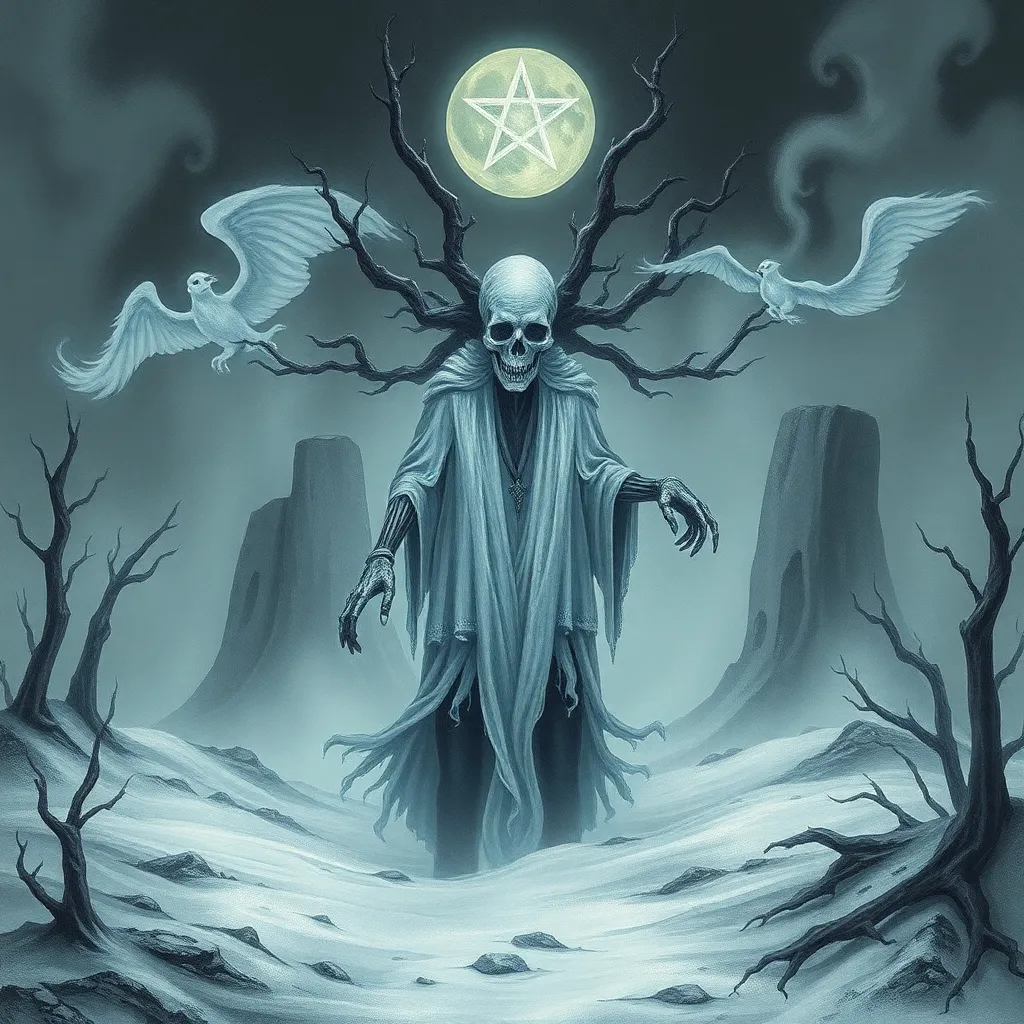The Fox Spirits of Japan: Unveiling the Mystique of the Kitsune
I. Introduction to Kitsune
Kitsune, the Japanese word for fox, holds a significant place in Japanese culture and folklore. These mythical creatures are often depicted as intelligent beings with magical abilities, capable of shapeshifting into human form. The Kitsune’s dual nature, embodying both benevolence and malevolence, makes it a complex symbol within Japanese mythology.
This article aims to explore the rich tapestry of Kitsune lore, delving into its historical origins, symbolic meanings, cultural practices, and contemporary representations. By examining the various aspects of Kitsune, we can better understand its enduring significance in Japanese identity and folklore.
II. Historical Origins of Kitsune
The origins of Kitsune can be traced back to ancient Japanese folklore and mythology. These mythical foxes have been part of the cultural narrative for centuries, often associated with various deities and spirits.
A. Ancient Japanese folklore and mythology
Kitsune were often seen as messengers of the gods, particularly Inari, the deity of rice and agriculture. This association with agriculture made them symbols of prosperity and fertility.
B. Early depictions in literature and art
Throughout history, Kitsune have been depicted in numerous literary works and artistic expressions. The earliest references can be found in texts such as the “Nihon Shoki” (Chronicles of Japan) and “Konjaku Monogatari” (Tales of Times Now Past), where they are portrayed as both protectors and tricksters.
C. Influence of Chinese mythology on Kitsune
The concept of the fox spirit in Japan was also influenced by Chinese mythology. In China, the fox spirit, or Huli Jing, shares similarities with Kitsune, including the ability to shapeshift and wield magic. This cross-cultural exchange enriched the Japanese understanding of these mystical beings.
III. Symbolism and Characteristics of Kitsune
Kitsune are often characterized by their dual nature, which plays a significant role in their symbolism and cultural representation.
A. The dual nature of Kitsune: benevolent vs. malevolent
Kitsune can be categorized into two main types:
- Benevolent Kitsune: Often referred to as “Inari Kitsune,” these foxes are known to protect humans and bring good fortune.
- Malevolent Kitsune: These foxes, sometimes called “Yako,” are known for their mischievous and trickster behaviors, leading unsuspecting humans into danger.
B. Common traits and abilities
Kitsune are renowned for their:
- Shapeshifting: The ability to transform into human form, often as beautiful women, is a key characteristic.
- Magical powers: Kitsune are believed to possess various magical abilities, including the power to create illusions and control fire.
C. The significance of the number of tails
The number of tails a Kitsune possesses is also significant:
- One-tailed Kitsune are considered to be the least powerful.
- As they age and gain wisdom, they can grow up to nine tails, each tail representing a greater level of power and intelligence.
IV. Kitsune in Shinto and Religious Practices
In Shinto, the indigenous faith of Japan, Kitsune play a crucial role in various rituals and worship practices.
A. The role of Kitsune as messengers of Inari, the rice deity
Kitsune are revered as the messengers of Inari, the deity associated with rice, agriculture, and prosperity. They are often depicted in Inari shrines, symbolizing the connection between the divine and the earthly realms.
B. Kitsune shrines and their cultural importance
Kitsune shrines, such as Fushimi Inari Taisha in Kyoto, are significant cultural and religious sites. These shrines are adorned with thousands of torii gates and fox statues, attracting worshippers seeking blessings from Inari.
C. Rituals and offerings related to Kitsune worship
Believers often present offerings of rice, sake, and other foods to Kitsune at shrines, as a gesture of appreciation and to invoke their blessings.
V. Kitsune in Popular Culture
In modern times, Kitsune have become prominent figures in literature, anime, and film, reflecting their enduring appeal.
A. Representation in literature, anime, and film
Kitsune appear in various forms of media, from traditional folktales to contemporary anime series like “Naruto” and “InuYasha,” where they are often portrayed as powerful and enigmatic beings.
B. Modern adaptations and interpretations of Kitsune lore
Many modern adaptations reimagine Kitsune, exploring their complexities and dual natures, while maintaining their mystical qualities.
C. Influence on global pop culture and mythology
The fascination with Kitsune has spread beyond Japan, influencing global pop culture and inspiring a variety of interpretations of fox spirits in other cultures.
VI. Regional Variations of Kitsune Mythology
Across Japan, there are notable regional variations in the mythology and beliefs surrounding Kitsune.
A. Differences in Kitsune legends across Japan
In some regions, Kitsune are viewed primarily as protectors, while in others, they are seen as tricksters or malevolent spirits.
B. Unique regional customs and beliefs surrounding Kitsune
Each region often has its own unique customs, stories, and rituals associated with Kitsune, contributing to the rich diversity of Japanese folklore.
C. Comparative analysis with other fox spirits in Asian cultures
Comparing Kitsune with other fox spirits, such as the Korean Kumiho and the Chinese Huli Jing, reveals both similarities and differences in their roles and portrayals across cultures.
VII. The Kitsune’s Legacy in Contemporary Society
The fascination with Kitsune continues in contemporary society, as their symbolism resonates with themes of transformation and adaptability.
A. The ongoing fascination with Kitsune in Japan and beyond
As a symbol of cunning and intelligence, Kitsune remain relevant in modern storytelling, art, and fashion, captivating audiences worldwide.
B. Kitsune as a symbol of transformation and adaptability
Kitsune embody the idea of change and adaptability, qualities that resonate in today’s fast-paced world.
C. Insights into the preservation of Kitsune heritage
Efforts to preserve the cultural heritage surrounding Kitsune include festivals, art exhibitions, and educational programs that celebrate their significance in Japanese culture.
VIII. Conclusion
The Kitsune’s cultural significance and mystique are deeply rooted in Japanese folklore. These magical foxes embody a rich tapestry of meanings, symbolizing both benevolence and malevolence. As we reflect on the enduring impact of Kitsune on Japanese identity and folklore, it’s evident that they continue to inspire modern storytelling and artistic expression.
In conclusion, the future of Kitsune in contemporary culture remains bright, as their stories and symbolism adapt to new contexts while retaining their core essence. The allure of the Kitsune ensures that this mythical creature will remain a beloved figure in both Japan and the wider world.



